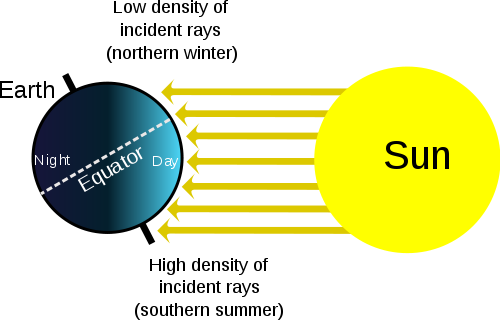In class, we filled out a sheet with question about our experiences in science class this year (and possibly your experiences in previous years with our teacher, Mrs. M, depending how you interpret the questions.) We had a substitute teacher, so I'm not 100% sure what we are supposed to do, but I think that I should write a summary of what I wrote on that sheet.
I don't remember everything I wrote on the paper, so I'll type what I remember.
One of the questions I distinctly remember was along the lines of "What are some of your memorable experience in science class?". I chose to talk about both 6th and 7th grade, because I'm leaving ISB, so I think about science class as a whole 2-year experience, not as two 1-year experiences. I wrote that one of my most memorable experiences in science class was the marble theme park that I did with Luka and David last year. I remember that because it was very stressful for me, and I didn't end up doing very well in the end.
Another question I remember on the paper was "Which was your favorite unit this year?" and I answered by talking about the ultimate survival unit. I chose that as my favorite because it was different than a normal unit.
An additional and final question that I remembered was "What was your least favorite unit this year?" which I answered with "the space unit." I chose that because I thought that the space unit was a bit rushed at the end of the year and I'm not interested in space in general.
I don't remember everything I wrote on the paper, so I'll type what I remember.
One of the questions I distinctly remember was along the lines of "What are some of your memorable experience in science class?". I chose to talk about both 6th and 7th grade, because I'm leaving ISB, so I think about science class as a whole 2-year experience, not as two 1-year experiences. I wrote that one of my most memorable experiences in science class was the marble theme park that I did with Luka and David last year. I remember that because it was very stressful for me, and I didn't end up doing very well in the end.
Another question I remember on the paper was "Which was your favorite unit this year?" and I answered by talking about the ultimate survival unit. I chose that as my favorite because it was different than a normal unit.
An additional and final question that I remembered was "What was your least favorite unit this year?" which I answered with "the space unit." I chose that because I thought that the space unit was a bit rushed at the end of the year and I'm not interested in space in general.




